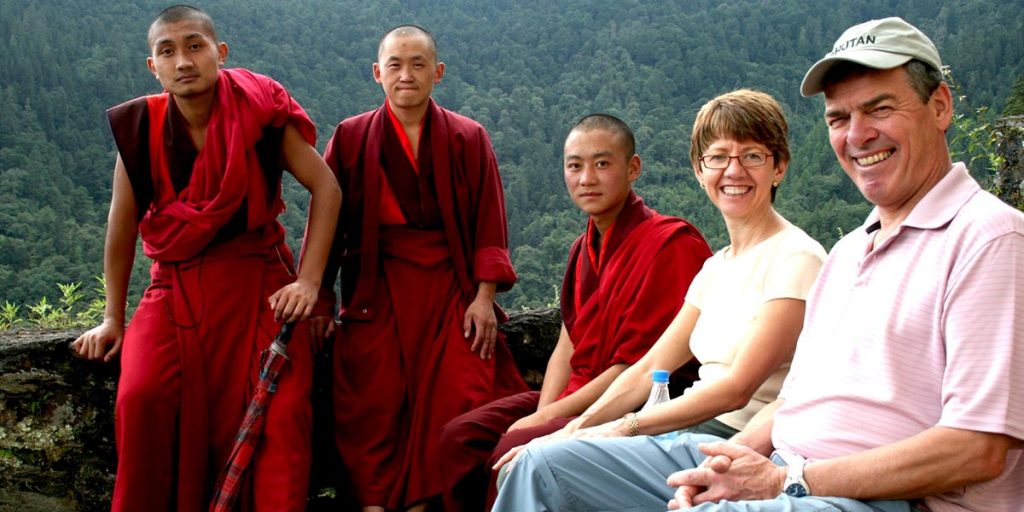
With the farsighted policy of “high value low volume tourism”, the kingdom of Bhutan has successfully mitigated the crowded, tourist-infested fate that has already affected many travel destinations worldwide.
Tourism in Bhutan started in the early 1970s with the policy of high value low volume tourism, and, more than five decades later, it is clear why this profound policy is so important.
After realizing the inevitable consequences that unregulated tourism may have on the country, The Fourth Dragon King wisely adopted high value low volume tourism policy in the 1980s to promote sustainable tourism.
In addition, the high value low volume tourism policy mandates that all visitors – aside from nationals of India, Bangladesh, and the Maldives – book their trip to Bhutan in advance through credible companies like Norbu Bhutan.
What Is High Value Low Volume Tourism?
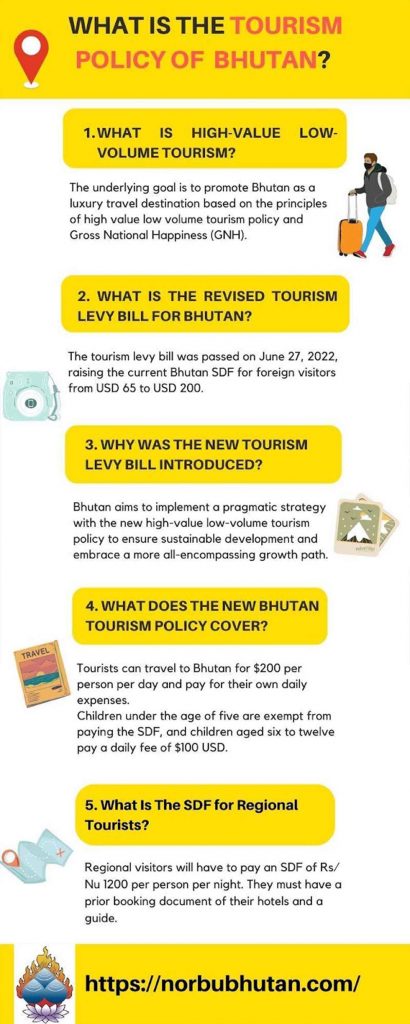
Bhutan avoids the hassle of hordes of tourists by focusing on more selective visitors instead of mass tourism.
The underlying goal is to promote Bhutan as a luxury travel destination based on the principles of high value low volume tourism policy and Gross National Happiness (GNH).
Note: GNH measures Bhutan’s developmental plans based on non-materialistic Buddhist values, including environmental conservation, cultural resilience, and overall well-being.
What is High-value?
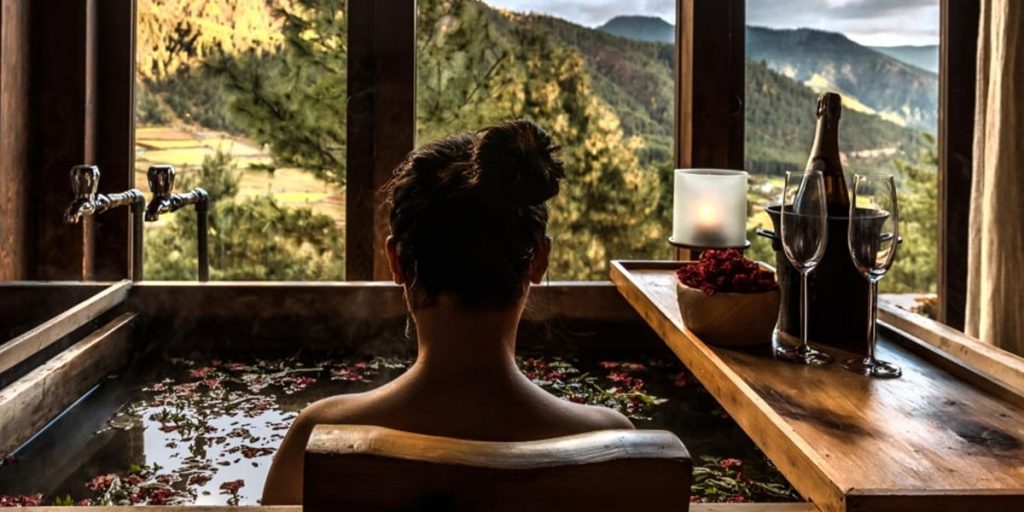
The high value low volume tourism policy targets responsible travelers and ensures high revenue and yield per visitor while providing high-quality infrastructure and services for the tourism industry; upholding brand Bhutan!
Along with the reopening of tourism on the 23rd of September 2022, visitors must pay a Sustainable Development Fee (SDF) of 200 USD. Most importantly, “high value” refers to providing a unique experience for travelers to Bhutan.
What is Low volume?
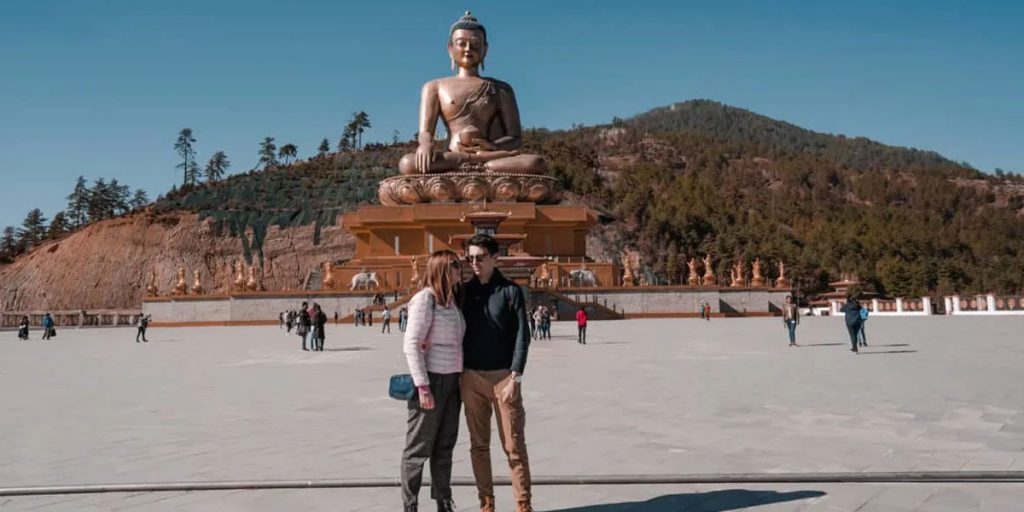
Low volume ensures that the number of tourists visiting the country is compatible with the carrying capacity of the country’s natural environment, infrastructure, and socio-cultural values.
Although low volume is always connected with a value-driven paradigm, the number of visitors is not necessarily limited.
High value low volume tourism aims to give visitors a unique experience and educate them about Bhutanese values.
Group tours are usually small affairs of 5–10 visitors in a pack. You can tailor your itinerary and accommodation to your preferred special tours. Visitors can spend one night in a quaint local farmhouse and the next at a luxurious resort.
What Is The Revised Tourism Levy Bill For Bhutan?
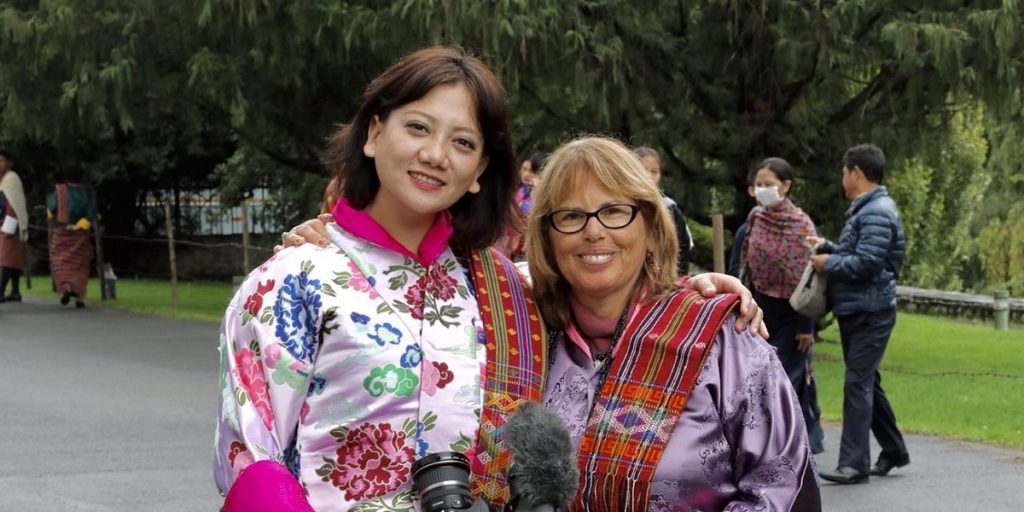
The tourism levy bill was passed on June 27, 2022, raising the current Bhutan SDF for foreign visitors from USD 65 to USD 200.
In light of the implementation of the new high value low volume tourism policy, we are here to debunk all your confusion once and for all.
When Bhutan first proposed the idea of “high value low volume tourism,” it wasn’t about five-star resorts, liner luxury hotels, or smooth roads. It wasn’t even about attracting affluent travelers.
However, to provide the visitor with a true, unfussy, and authentically Bhutanese experience. We are referring to leisurely hikes in tranquil mountain treks without being swamped by crowds.
We’re also talking about the atmosphere of a peaceful culture, people who aren’t out to con tourists and cab drivers or store owners who go to the trouble of retrieving a bag that a passenger left behind.
Why Was The New Tourism Levy Bill Introduced?
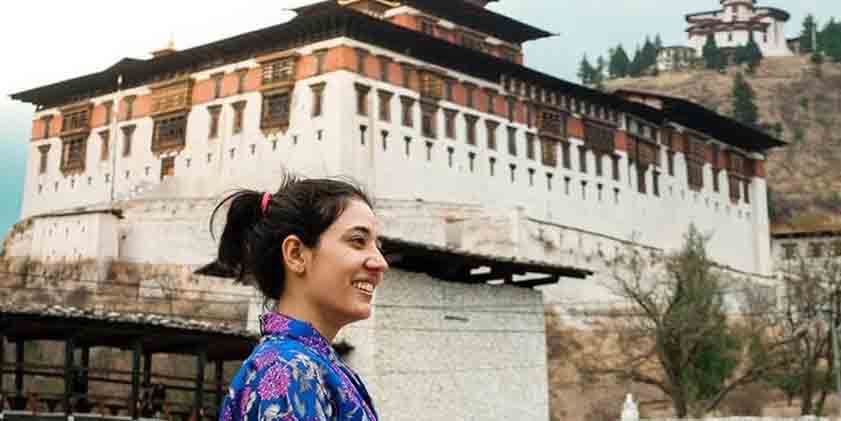
Countries worldwide are being forced to reevaluate and alter their travel policies due to the disturbing and transforming times brought on by human strife and climate change, including the COVID-19 pandemic.
Bhutan aims to implement a pragmatic strategy with the new high value low volume tourism policy to ensure sustainable development and embrace a more all-encompassing growth path.
Bhutan, a tiny landlocked nation, had noticed a dramatic increase in tourist arrivals. The monasteries were overcrowded, compromised sanctity, and increased waste production.
Bhutan boasts of being the only carbon-negative country in the world with protected areas larger than one thousand acres and fiercely safeguarding its religious and cultural heritage.
But a threat was looming over all of these. There was a glacial recession that was noticed, and the carbon footprint increased.
To avoid the potentially hazardous effects tourism could have on a small nation like Bhutan, the government was forced to cautiously create the updated high value low volume tourism policy.
What Does The New “High Value Low Volume Tourism” Policy Cover?
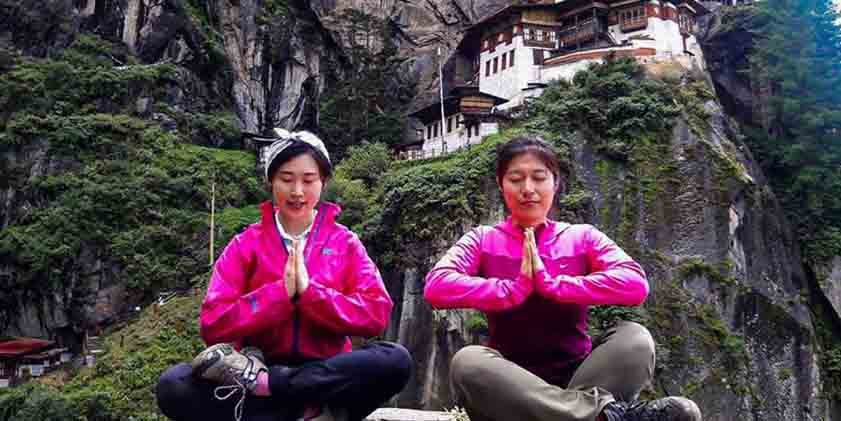
If a tourist travels to Bhutan for a sightseeing tour, trekking, the costs, including SDF, hotels, a guide, transportation, sightseeing, and meals can equate as follows.
- Groups: USD 350-USD 385 per person, per day
- Couples: around USD 400 – USD 450 USD per person per day
- Solo Travelers: USD 450 – USD 500 per day
The costs shown above are our best estimates, and they could alter depending on various factors like accommodation, transportation, food, and more.
In addition, tourists can travel to Bhutan for $200 per person per day and then reserve lodging through reputable tour operators in the country. You can also travel by bus or a cab and must have a guide with them at all times during sightseeing’s.
Discounts on SDF
Children under five are exempted from paying the SDF, and children from six to twelve only have to pay 100 USD each day. All other discounts based on visit length, student status, or tour guide status are eliminated in the new high value low volume policy.
What Is The SDF for Regional Tourists from India, Bangladesh, and the Maldives?
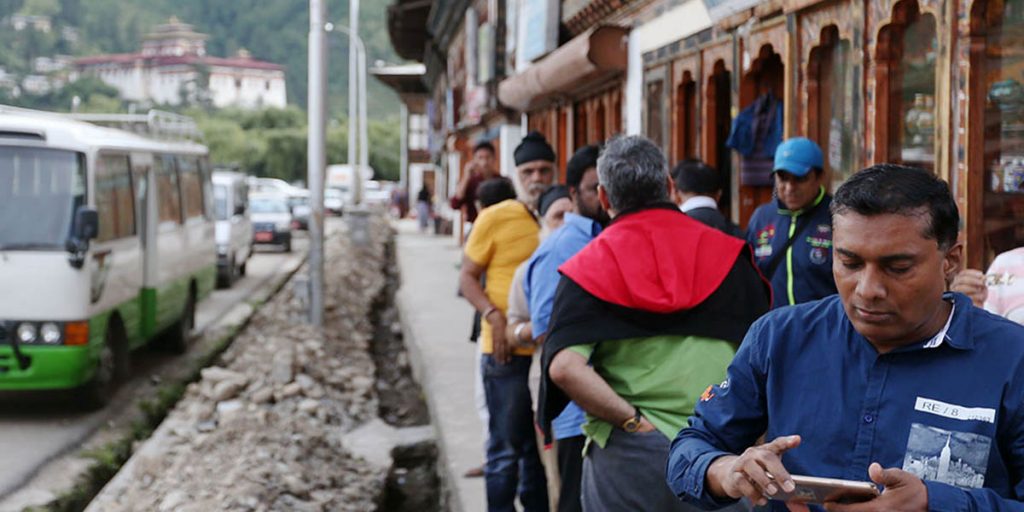
Regional tourism is unaffected by the present reform, despite international travel having seen major reforms.
Before COVID, an enormous concern was thought to be the uncontrolled influx of regional tourists. Regional visitors can only arrive and travel at their leisure after getting a travel authorization.
However, a new rule was enacted on March 1, 2020, requiring that travelers obtain travel authorization from a credible tour operator in Bhutan and a hotel, transportation, and guide travel package.
Additionally, regional tourists must pay an SDF of Nu 1200 (about $15). Unfortunately, because COVID stopped all tourism on March 5, 2020, this strategy was never put to the test.
Travelers from India still need to make arrangements for their vehicles and guides under the new high value low volume tourism policy, but they won’t require a tour company to process their visas.
Additionally, they must pay SDF of Nu/Rs. 1200 every day. There are no discounts for that; even young children must bear the same sustainable development fee.
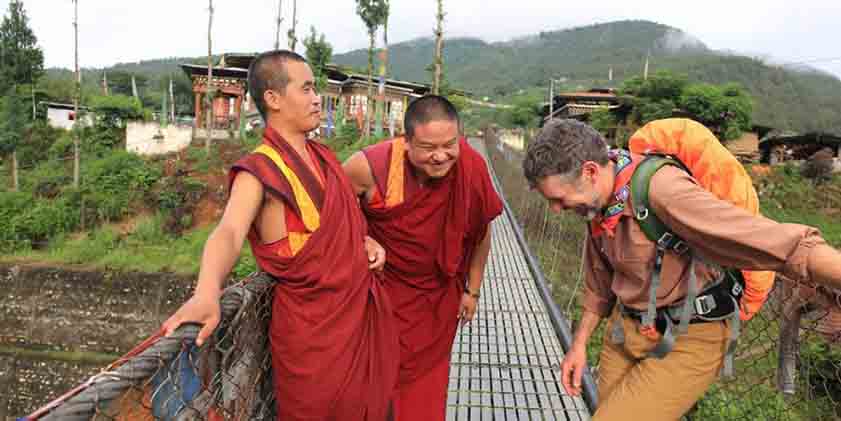
Bottom Line
The unexpected passage of a levy bill to increase Bhutan’s Sustainable Development Fund has piqued international interest more than any other event in Bhutan’s history.
With the revised policy of “high value low volume tourism,” Bhutan aims to provide the most exclusive and luxurious travel experiences for affluent travelers.
Want to know more about the post-COVID reforms that Bhutan has implemented? Before making travel plans to Bhutan, be sure to stay updated on the following Important Travel Updates.



No responses yet